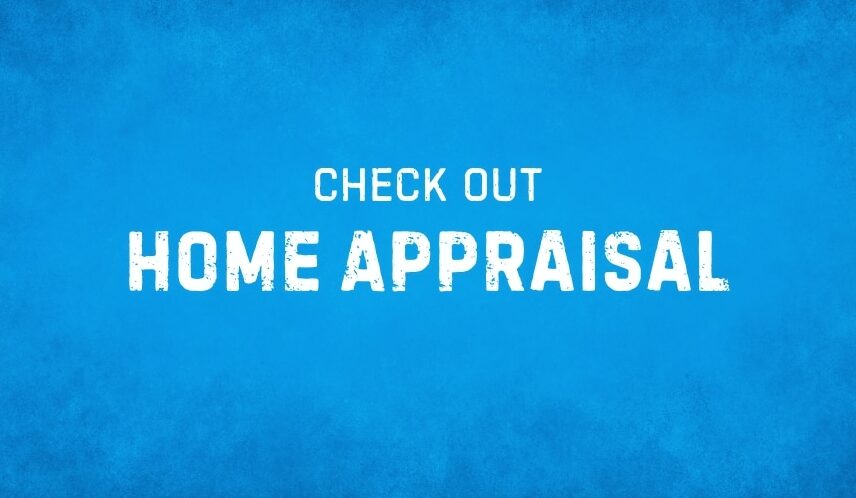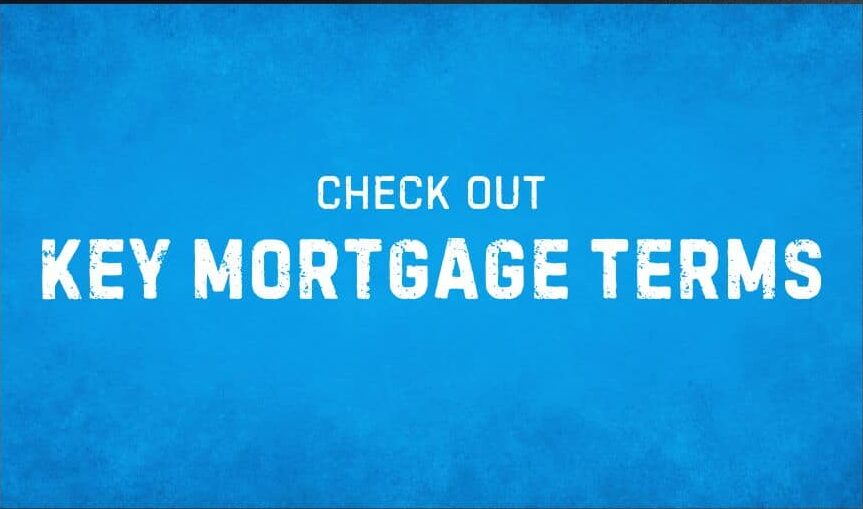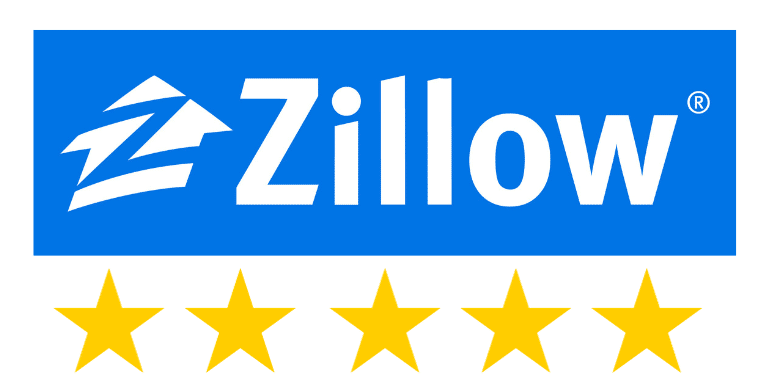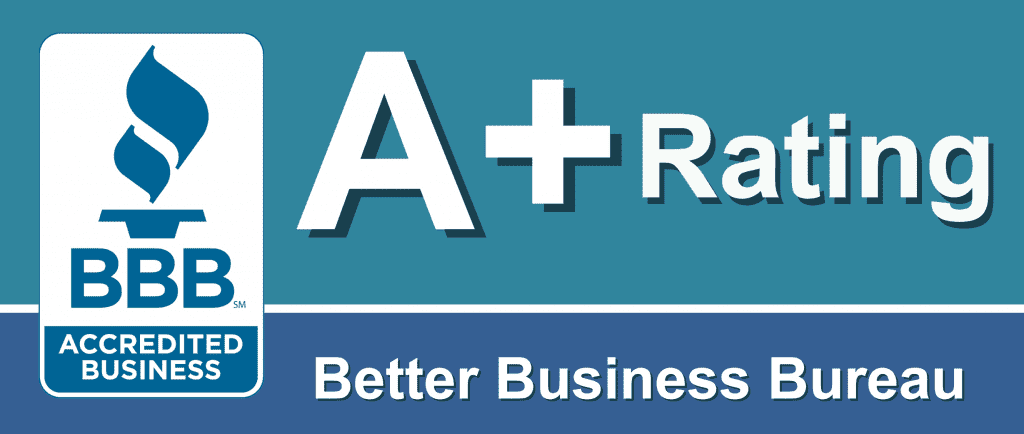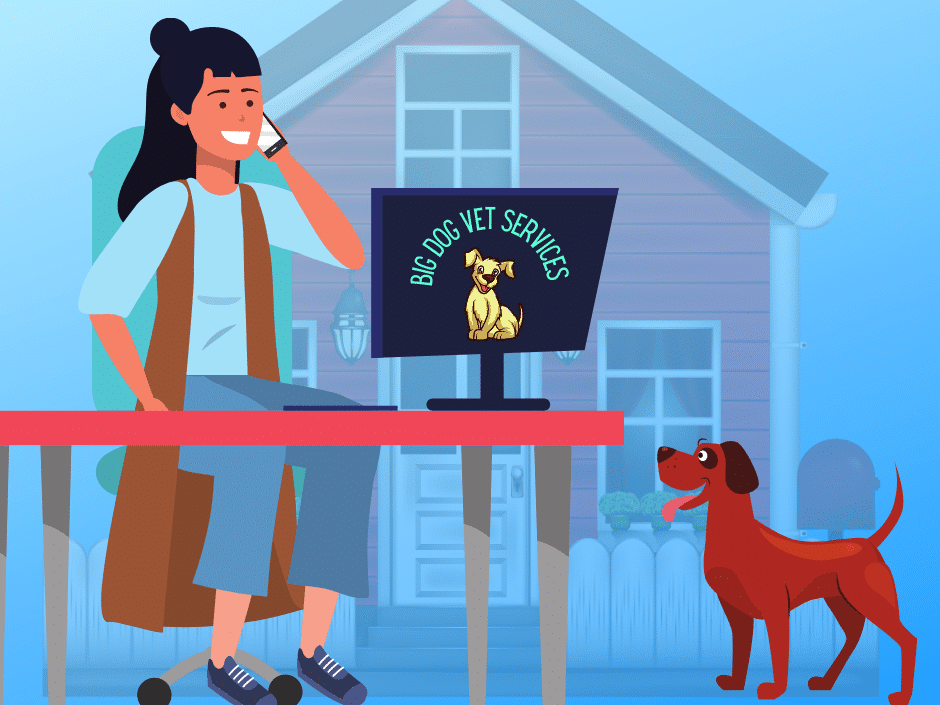
Obtaining a self-employed mortgage is not as hard as you think, provided you’re working with the right mortgage company and a knowledgeable loan officer. Doing a little legwork before you apply for a self-employed mortgage makes you more likely to have a smooth and efficient transaction.
Mortgage lending for self-employed borrowers has a unique process for calculating income. Below you’ll find out how underwriters approach and evaluate a self-employed borrower, how to prepare for the transaction, and what to expect during the process.
How Lenders Define Self-Employment
Below is an overview of how lenders define self-employment for the purposes of calculating income;
- Owning more than 25% of a business
- Receiving a 1099 tax form
- Making most of your income from dividends and investments
- Your primary source of income is from rental properties
- Your primary source of income comes from dividends, interest, and/or royalties.
What If I Receive A W-2 From A Business I Own?
You are still considered self-employed if you own 25% or more of a business that pays you W-2 wages.
Both the W-2 income and the business income are factored into your total income calculation.
Part-Time Self-Employment Income
Let’s say your main income is W-2, but you also have a “side job” that generates self-employment income.
You would still be classified as a W-2 employee, and provided it’s not needed; your self-employment income would not come into play.
If you need the self-employment income, then that would be calculated and added to your W-2 income, and your “total” income would be used for your debt-to-income ratio.
One more thing, if you have a “side job” that’s considered self-employment, then be careful of taking significant losses. If you have losses from your side job (rather than earning income), that negative amount will reduce your qualifying W-2 income.
Get Approved To Buy A Home
Quick home loan approval with exceptional service and low rates
How To Calculate Self-Employed Income
Calculating income for a self-employed borrower ranges from simple to complex. And in some cases, there’s a liquidity test that is factored into the calculation.
There are four main types of self-employment;
- Sole Proprietorship
- Partnership
- Corporation
- S-Corporation
Corporation and S-Corporation – these are the two most complicated when it comes to calculating self-employment income. Underwriting teams have pages of guidelines dedicated to how to calculate income based on these two structures.
Here are four spreadsheets, one for each form of self-employment, that you can use to calculate your self-employment income for mortgage qualification purposes.
It’s important to keep in mind that the below is a general overview, and your underwriter might adjust line items based on current guidelines. I’ve entered an example for Sole Proprietorship Income to give you an example of how to complete the analysis.
How To Calculate Sole Proprietorship Income
Below is a spreadsheet an underwriter might use to calculate Sole Proprietorship (Schedule C) income. Create a spreadsheet on your home computer with these line items, enter the amounts for each line item from the most recent two years of tax returns, and see how an underwriter might calculate your income for the purpose of getting qualified for a mortgage.
| Income Analysis – Schedule C | Previous Year | Previous Year |
| Net Profit | $96,000 | $83,000 |
| Depreciation (add) | $2,650 | $1,875 |
| Depletion (add) | $0.00 | $0.00 |
| Business Use Of Home (add) | $1,800 | $1,800 |
| Non-Deductable Travel-Meals (subtract) | $770 | $640 |
| Total Income | $99,680 | $86,035 |
| Monthly Income | $8,306 | $7,169 |
| 24 Month Average = $7,738 |
How To Calculate Partnership Income
Below is a spreadsheet an underwriter might use to calculate Partnership income. Create a spreadsheet on your home computer with these line items, enter the amounts for each line item from the most recent two years of tax returns, and see how an underwriter might calculate your income for the purpose of getting qualified for a mortgage.
| Income Analysis – Partnership Income | Previous Year | Previous Year |
| Salary Income (W2, Box 5) | $ | $ |
| Unreimbursed Expenses (subtract) | $ | $ |
| Subtotal | $ | $ |
| Pass-Through Income (your percentage) | $ | $ |
| Nonrecurring Income | $ | $ |
| Depreciation | $ | $ |
| Depletion | $ | $ |
| Amortization/Casualty Loss | $ | $ |
| Mortgages, Notes, etc. (subtract) | $ | $ |
| Meals/Entertainment Ex. (subtract) | $ | $ |
| Subtotal | $ | $ |
| Schedule K1s | $ | $ |
| a. Ordinary Income | $ | $ |
| b. Net Rental Income | $ | $ |
| c. Other Net Rental Income | $ | $ |
| Guaranteed Payment To Partner | $ | $ |
| Subtotal | $ | $ |
| Total Income | $ | $ |
| Monthly Average (total income/12) | $ | $ |
How To Calculate Corporate Income
Below is a spreadsheet an underwriter might use to calculate corporate income. Create a spreadsheet on your home computer with these line items, enter the amounts for each line item from the most recent two years of tax returns and see how an underwriter might calculate your income for the purpose of getting qualified for a mortgage.
| Income Analysis – Corporate | Previous Year | Previous Year |
| Salary Income (W2, Box 5) | $ | $ |
| Dividend From Corp. | $ | $ |
| Unreimbursed Expenses (subtract) | $ | $ |
| Subtotal | $ | $ |
| Corporate Income | $ | $ |
| Taxable Income | $ | $ |
| Total Tax (subtract) | $ | $ |
| Nonrecurring Gains | $ | $ |
| Nonrecurring Other (income) | $ | $ |
| Depreciation | $ | $ |
| Depletion | $ | $ |
| Amortization/Casualty Loss | $ | $ |
| Net Operating Loss/Special Deduction | $ | $ |
| Mortgages, Notes, Bonds (subtract) | $ | $ |
| Meals and Ent. Exclusion (subtract) | $ | $ |
| Subtotal | $ | $ |
| Subtotal Based on % of Ownership | $ | $ |
| Total Income | $ | $ |
| Monthly Average (total income/12) | $ | $ |
How To Calculate S-Corp Income
Below is a spreadsheet an underwriter might use to calculate S-Corp income. Create a spreadsheet on your home computer with these line items, enter the amounts for each line item from the most recent two years of tax returns and see how an underwriter might calculate your income for the purpose of getting qualified for a mortgage.
| Income Analysis – S-Corporation | Previous Year | Previous Year |
| Salary Income (W2, Box 5) | $ | $ |
| Unreimbursed Expenses (subtract) | $ | $ |
| Subtotal | $ | $ |
| S-Corporation Income | $ | $ |
| Nonrecurring Income | $ | $ |
| Depreciation | $ | $ |
| Depletion | $ | $ |
| Amortization/Casualty Loss | $ | $ |
| Mortgages, Notes, etc. (subtract) | $ | $ |
| Meals/Entertainment Ex. (subtract) | $ | $ |
| Subtotal | $ | $ |
| Subtotal Based on % of Ownership | $ | $ |
| Schedule K1s | $ | $ |
| a. Ordinary Income | $ | $ |
| b. Net Rental Income | $ | $ |
| c. Other Net Rental Income | $ | $ |
| Subtotal | $ | $ |
| Total Income | $ | $ |
| Monthly Average (total income/12) | $ | $ |
Mortgage Lenders Use Net Self-Employment Income
Some mortgage websites claim that underwriters use your gross self-employment income, which is 100% wrong. In all my years in the mortgage industry, I have never once seen an underwriter use gross income.
Underwriters use your net self-employment income when underwriting your mortgage application.
W-2 wage earners are allowed to use gross income since they don’t have any business deductions (usually).
Self-Employed Home Loan Programs
Self-employed loan programs include both fixed-rate and adjustable-rate mortgages. The two most popular terms are the 30-year fixed rate and the 15-year fixed rate mortgage.
The following loan programs are available to self-employed borrowers;
- Conventional – Conforming
- Conventional – Non-Conforming (Jumbo Mortgage)
- FHA home loan
- VA home loan
- USDA home loan
Self-employed borrowers can access any one of these loan programs for the purchase of a home or the refinance of a current mortgage.
Get Approved To Buy A Home
Quick home loan approval with exceptional service and low rates
What You Need To Do Before You Apply
Below is a simple step-by-step guide to what you need to do before you apply for a new mortgage.
To start, you must have an active business for at least 12 months consecutively (most of the time, 24 months is required) to qualify for a mortgage from most lenders. You will have to submit various documents, including proof of self-employment.
Gather All The Right Documents
Here is a list of documents you should prepare before you obtain quotes.
Personal and business tax returns for the past two years: Complete returns as well. Include all schedules (like K1’s).
Profit and Loss statement for the current year: If you have not completed the previous year’s returns, you may be asked to complete a Profit and Loss statement for the previous year as well.
W-2 statements: If you issue yourself a W-2, then the most recent two years of W-2s and your most recent two paystubs.
Additional sources of income: If you have additional sources of income (ie, Pension income) that is needed to qualify, then provide your benefits statement and your most recent 1099.
Proof of income continuation: To show that your business is still active, you’ll be asked to provide your two most recent checking account statements (business).
Business license: If applicable, a copy of your most recent business license (make sure it’s current).
CPA letter: In some cases, you’ll need a CPA letter to verify the business is active. You can wait on this or, if you want to be proactive, have the letter state the business’s name, address, and contact number. How long you’ve been self-employed, and confirm that the business is active.
Separate Personal and Business Accounts
If possible, try to keep your personal accounts separate from your business accounts. This is the reason why.
Let’s say you have a “business” credit card that your business pays even though it shows up on your credit report.
If you have a business checking account, it will be much easier for you to prove that it’s not a personal debt. Personal debts get factored into your debt-to-income calculation; business debts do not (usually).
Pay Down Your Debt
Speaking of debt, it’s wise to pay down your debt as much as possible before you apply for a mortgage; generally, it takes 30-60 days to appear on your credit report.
Your debt-to-income (DTI) ratio is a key indicator of your financial ability to pay off a mortgage. DTI is your total monthly debt divided by your total monthly income.
More on this below, but ideally, you want your DTI below 45% and, in some cases, below 40%. Can you get an approval with a higher DTI? Yes but that is less likely.
If your DTI is above 50%, it’s unlikely you’ll be approved in underwriting.
Maximize Taxable Income
One of the perks of being self-employed is tax write-offs.
When it comes to tax season, you can easily reduce your taxable income and thus reduce your overall tax bill. However, the issue with this is that lenders consider your net income (income after all those deductions) when it comes to mortgage lending.
Those deductions reduce your tax liability but might also reduce your purchasing power when buying a home.
Improve Your Credit Score
Your credit score is an indicator of how well you pay off debt.
You can check your credit report for free, and you should correct any errors you find there. Additionally, make sure to consistently make your monthly payments on time, and pay your bills in full.
How much credit you use can also affect your score, so aim to keep your credit utilization less than 35% each month. For instance, if your credit limit across all your credit cards is $10,000, try not to spend more than $3,500 (35%) on credit cards each month.
If 35% is not possible, aim for 50% or less.
Choose The Right Mortgage
Self-employed mortgage candidates can qualify for various loans, including a Conventional mortgage, an FHA home loan, a USDA, and a VA home loan. Conventional mortgages typically have more stringent requirements.
FHA (Federal Housing Administration), USDA (United States Department of Agriculture), and VA (Veteran’s Administration) loans are backed by the government and designed for low to moderate-income borrowers (FHA), rural borrowers (USDA), and borrowers who are in or have previously served in the military (VA).
Finally, if you are self-employed and your income, debt, or credit score is less than ideal, you can consider getting a co-signer on your mortgage.
A parent, relative, or friend can sign with you as a non-occupying co-borrower.
Self-Employed Home Loan Application Process
Now that you know what’s needed for self-employed borrowers, let’s cover the actual home loan process of getting a mortgage. There are four steps to the process.
Preparation Is Essential
Being prepared is an essential part of the application process;
- Before you start calling and emailing loan officers for quotes, gather all your documentation.
- If you are buying a home, clearly establish your purchase price range and the amount you are willing to put down.
- If you are refinancing, clearly establish your reason for refinancing and what you need to meet your financial goals
- Spend some time on Zillow researching comparable homes that have recently closed.
The Mortgage Quote
Once you’ve completed the preparation step, then it’s time to obtain quotes from 2-4 mortgage companies.
- Start with the Better Business Bureau (bbb.org) and find mortgage companies to work with. I suggest only obtaining quotes from companies with an A- rating or higher.
- Ask family members and friends for recommendations.
- Check out reviews on Zillow, Yelp, and Google.
- Once you’ve found 2-4 mortgage companies, make sure you talk with a Loan Officer with at least five years of experience (when it comes to self-employed borrowers, you should look for a loan officer with 8-10+ years of experience).
Before committing to working with a mortgage company, ensure you’ve researched the mortgage company and the loan officer.
A good test to see if the loan officer is someone you want to work with is to ask lots of questions. And not just random questions, but questions that pertain to the mortgage you’re seeking.
Some questions you can ask include;
- What are the total fees, for everything? All lender fees, all 3rd party fees.
- When will the rate be locked in?
- If the market improves by at least a .25% after we lock, will the lender allow for a re-lock (aka float-down)?
- How long is the process?
If a loan officer seems unwilling or non-responsive, then it’s time to find a new loan officer to work with.
Underwriting Your Mortgage
The underwriting step is where you find out if your loan application will be approved. And this is where experience matters.
A loan officer with years of experience will usually know ahead of time if your application will be approved without issue or if there will be some hurdles to get over before the underwriter issues the conditional approval.
If the underwriter comes back with some questions and additional requests for documentation, it’s important you respond to the loan officer quickly.
Closing Your Loan
Once your application is approved without conditions, you’re ready to close the loan. This means you’ll meet with a notary and sign your loan documents. If this is a purchase, the actual funding/closing of the loan usually happens fairly quickly.
If this is a refinance transaction, you must wait at least three days before closing.
Once the loan funds, it’s then set to record with the county. Recording usually takes place within 24 hours of funding.
Get Approved To Buy A Home
Quick home loan approval with exceptional service and low rates
It Can Be Done
As you can see, getting a mortgage when you’re self-employed is very similar to getting a mortgage as a W2 employee, except for documenting your income. To improve your chances of getting approved, use the following tips:
- Keep a good to excellent credit history
- Maintain a stable income
- Save money for a down payment
- Minimize your debt
- Separate personal and business expenses
- Consider upping your taxable income right before applying for a mortgage
A self-employed person may be required to jump through additional hoops when applying for a mortgage; however, if you follow my suggestions, the process will be much easier. And you’ll be more likely to get the mortgage you need to buy your home.




